Magnetic Particle Testing vs. Ultrasonic Testing: Key Differences
- October 4, 2024
- Uncategorized
Non-destructive testing, or NDT, uses any paint technique to inspect the integrity and safety of a structure, component, or system. Two of the most typical techniques are Magnetic Particle Testing and Ultrasonic Testing. Both MPI and UT techniques are essential for identifying defects without damaging the materials under inspection.
This article compares MPI and Ultrasonic Testing so that you can better appreciate their differences and areas of application.
Magnetic Particle Testing and Ultrasonic Testing (UT) for Defect Detection
Magnetic Particle Inspection and Ultrasonic Testing stand as leading technologies in nondestructive testing, though their functions differ significantly. MPI is extremely versatile for detecting surface and near-surface flaws in ferromagnetic materials.
It utilizes magnetic fields and particles for outlining cracks, seams, and other discontinuities on the material’s surface. In contrast, its detection depth is shallow, hence it has a limit for deeper flaw detection.
In contrast, one can consider the UT method that allows detecting defects in surface and deep subsurface by sound waves. This technique will be suitable for far more material types than just ferromagnetic ones and provides significantly more information from internal flaws. However, UT requires more sophisticated equipment and operator expertise, increasing the cost of inspection accordingly.
In summary, while MPI is advantageous for surface-level inspections, UT is more versatile for detecting both surface and deep defects, making them both valuable tools in the field of non-destructive testing.
How to Choose Between Magnetic Particle Testing or Ultrasonic Testing for NDT Inspections
Selection between MPI and UT would be depending on material type, flaw location, and the purpose of inspection. Generally speaking, MPI is best suited for detecting surface and near-surface flaws in ferromagnetic materials like steel.
MPI is an economical procedure for detection that finds cracks, laps, and seams, especially in welds or automotive. However, a limitation is that these techniques can be applied only to ferromagnetic materials and cannot detect deep subsurface defects.
Ultrasonic Testing, by contrast, offers greater versatility, detecting both surface and deep subsurface flaws across materials like non-ferromagnetic metals, plastics, and ceramics. UT is ideal for complex materials, larger components, and applications needing comprehensive inspection, such as aerospace or construction.
Where speed and cost-efficiency are of essence, MPI is preferred; in deep flaw detection, however, critical applications require UT.
Case Studies: Real-World Uses of MPI and UT Testing for Structural Integrity
MPI in Aerospace – Detecting Surface Cracks in Aircraft Engine Components
MPI is so vital in the aerospace industry to ensure that aircraft engine parts are completely safe.Technicians perform MPI processes during regular maintenance of turbine blades and other highly stressed engine components to reveal surface cracks.
Fatigue cracks that were not visible to the naked eye, once on the surface of turbine rotor blades, showed up. Early detection avoided the possibility of engine failure along with very expensive downtime and maintained flight safety.
UT Testing in Pipeline Inspections – Identifying Internal Corrosion
Ultrasonic Testing inspections in various parts of the 20-kilometre pipeline showed thinning of the walls due to internal corrosion. Fortunately, early identification provided timely maintenance and averted possible leakage that would have caused damage to the environment and resulted in costly shutdowns in the energy sector.
Conclusion
In other words, either MPI or UT contributes much to the safety and reliability of components in whichever industry. While MPI proves to be very effective in the case of detection of surface defects related to ferromagnetic materials, UT does a great job in locating internal flaws within a wide variety of materials.
Therefore, the selection technique will depend on the material and defect type to ensure complete inspection, maintaining the integrity of key components for safety and operational reliability.
More from our blog
See all postsRecent Posts
- Load resistance evaluation in Software vs Structural Engineering October 6, 2024
- NDT Testing in Aerospace Industry: Ensuring Safety and Performance October 6, 2024
- Safety Assurance Through the Synergy of Load Testing and NDT October 6, 2024

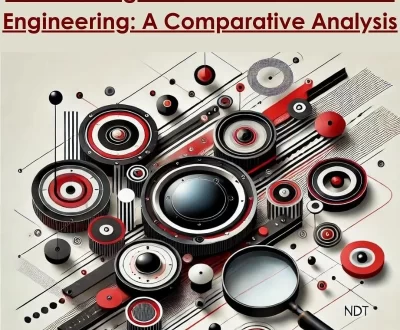

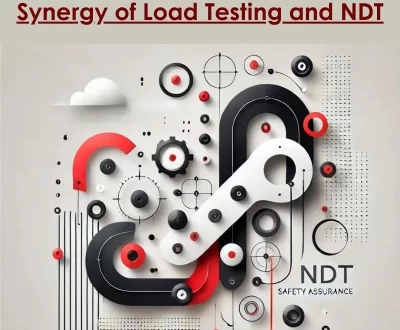
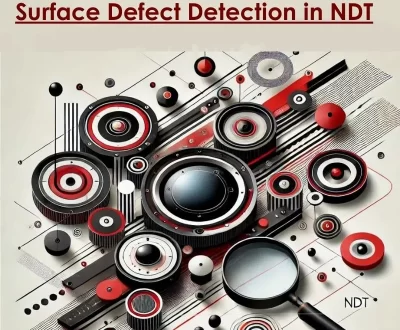
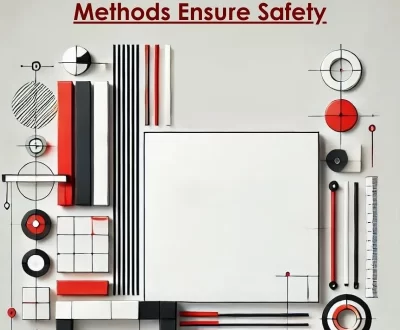


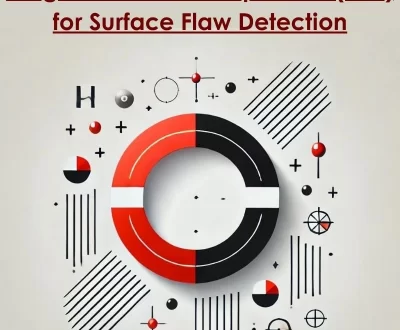
Pingback: Non-Destructive Testing (NDT) and Quality Control- Introduction - Krishna Tech Solution Company